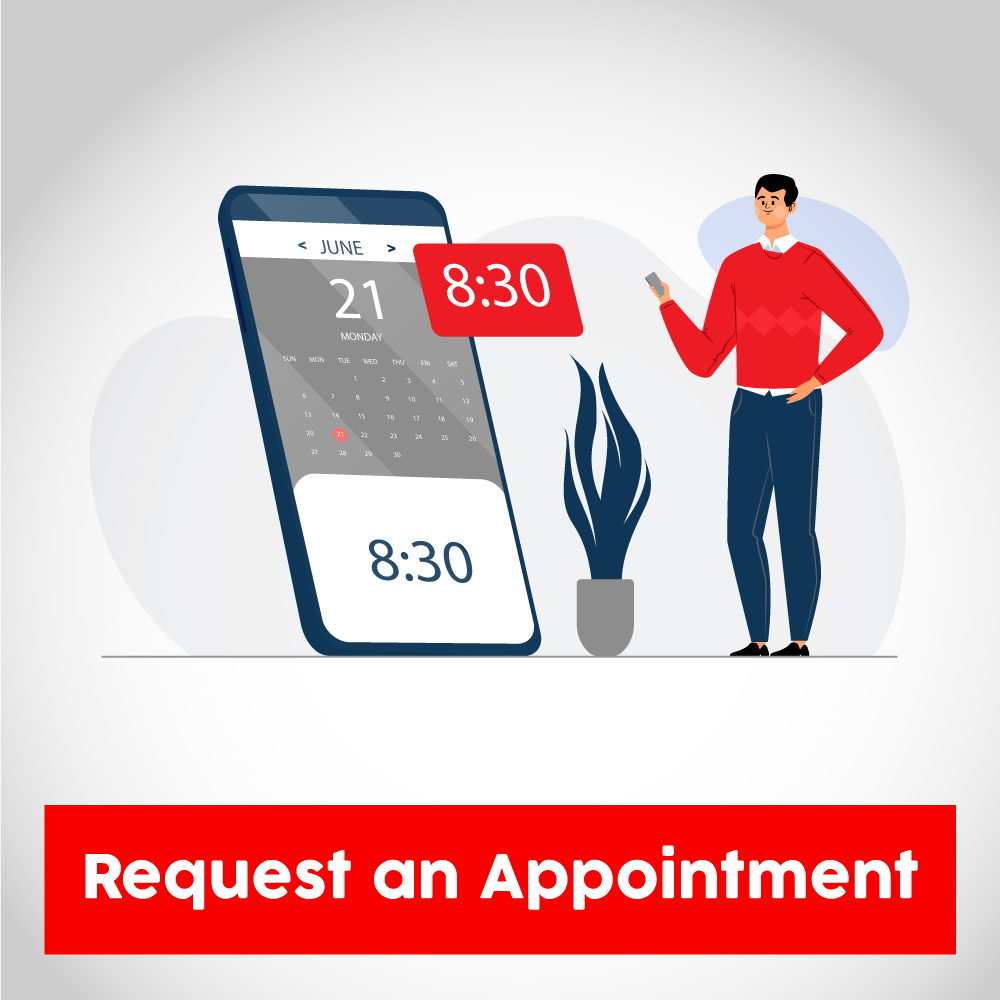Prepare your self
Just because your vehicle is in good working order doesn’t mean you are ready to go. Whether you’re headed across town or across the country, make certain you are rested and alert. p Plan your route before you depart. Know where you are going. Tell another person about your plans. Agree to telephone when you arrive. When in doubt, consult a map or obtain a TripTik routing form. p Be aware of any adverse weather conditions that may impair safe passage. p Be alert to construction areas or other hazards between you and your destination. p Realize that traffic patterns vary depending on the time of day, especially in school zones or near shopping centers, entertainment complexes and major places of employment. p Minimize distractions. Limit conversations with passengers. Keep music volume moderate, and do not use a cell phone while driving. p Be mindful that emergency vehicles may require the right of way at any time. p Do not drive while fatigued, under emotional stress or under the influence of alcohol or drugs. p Always buckle up and make sure that passengers, particularly infants and small children, are properly secured. p Consider taking a refresher defensive driving course.
Having car trouble can be incredibly frustrating, but it can also be a safety issue if you’re already on the road. Here are some tips that may help keep you and your passengers safe if your car breaks down or you get a flat tire.
QUALITY AUTO COVERAGE STARTS HERE.
When you drive with quality coverage, you drive with peace of mind. Allstate auto insurance can help you stay protected for wherever the road takes you.
Get a quote
What To Do When Your Car Breaks Down
1. TURN ON YOUR HAZARD/EMERGENCY LIGHTS
Turn on your hazard lights to warn other drivers as soon as you sense something’s wrong. Keep them on until help arrives, recommends the National Motorists Association (NMA).
2. SLOW DOWN AND PULL OFF THE ROAD
Aim for the right shoulder of the road. Consumer reports recommends that you pull over to a safe, flat location that is as far away from moving traffic as possible.
3. TURN YOUR WHEELS AWAY FROM THE ROAD AND PUT ON THE EMERGENCY BRAKE
The California Department of Motor Vehicles (DMV) recommends pulling your emergency brake, sometimes called the parking brake. If you have to park on a hill or slope, turn the car’s wheels away from the road to help prevent the care from rolling into traffic, says the California DMV.
4. STAY IN YOUR VEHICLE
If you’re on a highway or crowded road, the Insurance Information Institute (III) recommends that you avoid getting out of your vehicle to look at the damage or fix a mechanical problem. If you need to get out of the car, get your vehicle to a safe place and make sure the road around you is completely clear. If you’re stopped on the right-hand side of the road, get out through the passenger-side door.
5. BE VISIBLE
Once you’re safely out of the vehicle, prop up your hood to let other drivers know they should proceed with caution. This will alert other drivers that you’re broken down, according to the NMA.
6. SET UP FLARES OR TRIANGLES
Place flares or triangles with reflectors behind your car to alert other drivers to the location where you’ve stopped, says the III.
7. CALL FOR HELP
Call or use an app to get a tow truck, mechanic or roadside assistance to come help. your insurance company or other provider who may be able to help. If you’re in an emergency situation or are not sure who to contact, call 911 or the local police for help.
CONSIDER A ROADSIDE ASSISTANCE MEMBERSHIP PLAN
Before you find yourself in a tough situation, you may want to consider getting roadside assistance. Knowing you’ll have help in case of a breakdown or another unexpected car issue can offer peace of mind. Roadside assistance plans may provide services like:
Towing
Jump starts
Fuel delivery
Lockout services
You may be able to purchase roadside assistance from your car insurance company or from an independent provider.
It’s important to be prepared for the unexpected, especially on the road. Hopefully you’ll avoid any bumps in the road, but it’s helpful to know what to do just in case.
Breaking down on quieter roads
While not as dangerous as on a motorway, breaking down on other roads can still be hazardous.
Here’s what to do:
Switch on your hazard lights. If it’s dark, switch on your sidelights too.
Pull over to a safe place away from traffic.
Leave the car through the door furthest away from traffic.
If you have one, put on a reflective vest or jacket.
If you have one, put a red warning triangle at least 45 metres behind the car. This should be on the same side of the road as your car.
45 metres is about 60 steps from the back of the car.
Call for help. This could be your breakdown provider if you have one, or a local garage.
If your car is obstructing the road, call the police on 101 (the non-emergency number) and let them know. They may need to divert traffic or make the area safe.
Prepare before you set off
It’s best to prepare for the possibility of a break down so you have all you need to deal with the situation.
Here are some tips:
Keep a breakdown kit in your car with a few essentials. They take up little space and could make a real difference
Take your car for a free health check before you set off on any long journeys.
Watch out for any early warning signs and get them looked at as soon as possible.

